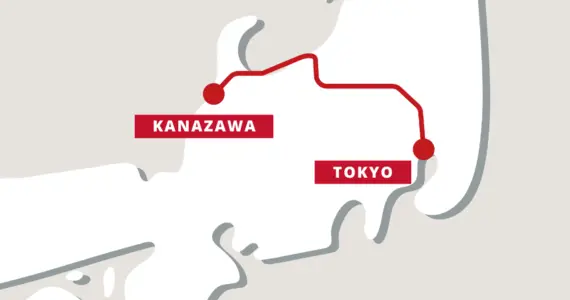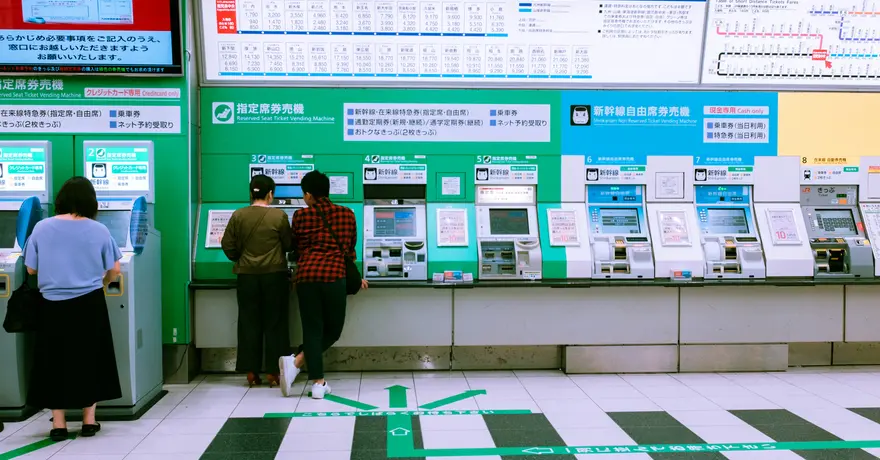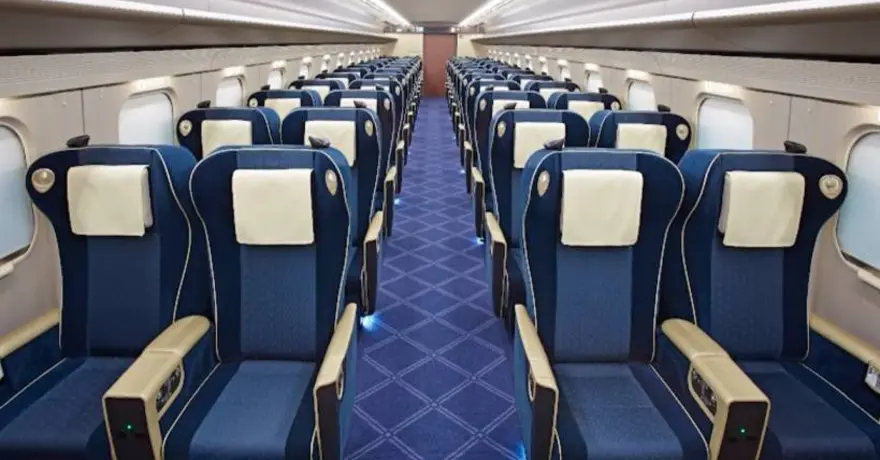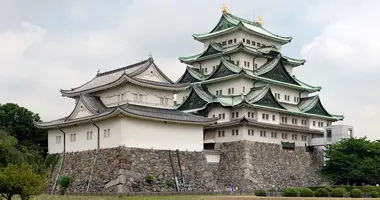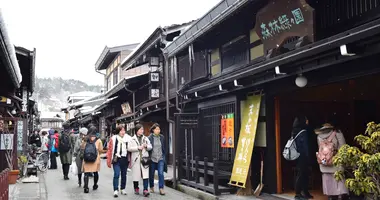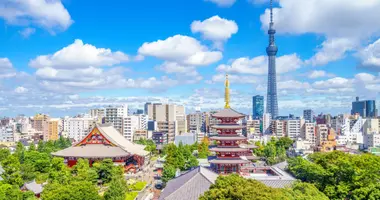Train Tickets from Kanazawa to Tokyo
Official train tickets seller
Choose your preferred seat
7/7 Assistance

Travel conditions
Ticket type
Passenger information
Seating options
Buy your train tickets in Japan in 3 easy steps
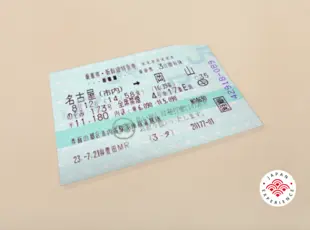
Choose and buy your train tickets for your preferred travel date
Receive your voucher by QR code one month before departure
Exchange your QR code for your train tickets in Japan
Trains in Japan: what does it look like?
What our customers say about us
Allow ample time to arrive before your train’s departure
Traveling by train in Japan
Japan boasts a highly developed rail system, making it an extremely practical mode of transportation for both local and long-distance travel. Consequently, both residents and tourists frequently find themselves utilizing trains almost daily, whether it be local train services or the renowned Shinkansen bullet trains. For those embarking on their inaugural journey to Japan, the significance of train travel during their visit undoubtedly comes to mind.
Although train travel is a common aspect of life in Japan, there are several factors that may necessitate some prior understanding or preparation before first-time travelers board a train. This is true even for individuals hailing from countries with a well-established train travel culture.
What makes trains so popular in Japan?
Japan's rail transportation network is regarded as one of the finest globally. The experience of taking a train in Japan can be encapsulated in three adjectives: efficient, fast, and clean. Until one has experienced it firsthand, it is challenging to comprehend just how easy and remarkably convenient train travel is in Japan. Despite the fact that millions of passengers utilize Japan's rail system daily, trains remain impeccably clean, punctual, and operational. For many readers, this description may seem like a dream compared to the train networks in their own countries.
There are numerous factors contributing to this remarkable railway system, but it can essentially be attributed to Japan's dependence on imported fossil fuels, which led the nation to make substantial investments in its transportation infrastructure via trains. Since the late 19th century, Japanese train companies have been constructing lines to transport people and goods efficiently from one location to another, and as a result of this extensive network, cities began to develop around train stations. While much of Western urban development has centered on automobile-oriented infrastructure, Japan primarily expanded its urban areas around train stations. In most Japanese cities, train stations serve as the economic and demographic hubs of the city.
Through strategic investment in its train system, Japan has successfully established one of the most dependable, rapid, and secure rail networks globally!
Shinkansen information
The Hokuriku Shinkansen traverses through much of the Japanese Alps in central Honshu, with termini at Tokyo Station and Kanazawa Station and stops at places like Nagano, Niigata, and Toyama. From Kanazawa Station in Ishikawa to Tokyo Station on the opposite coast, it takes about 2 hours and 30 minutes, or 3 hours, depending on the Shinkansen bullet train being ridden.
